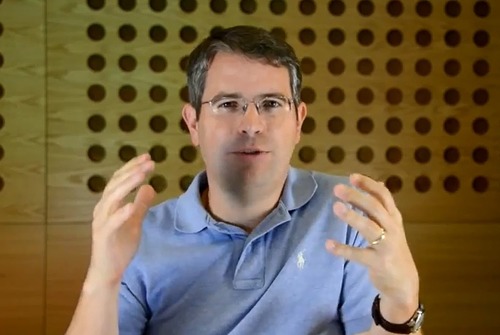6 ways to measure and improve the ROI of Content Marketing
Content Marketing has been all the rage these past few years. We’ve heard from many speakers and influencers that content marketing is the new advertising and that “brands must become media to earn relevance”. But how do we measure its ROI and know our content isn’t just fueling some vanity metric but is actually helping our business?
Read More




